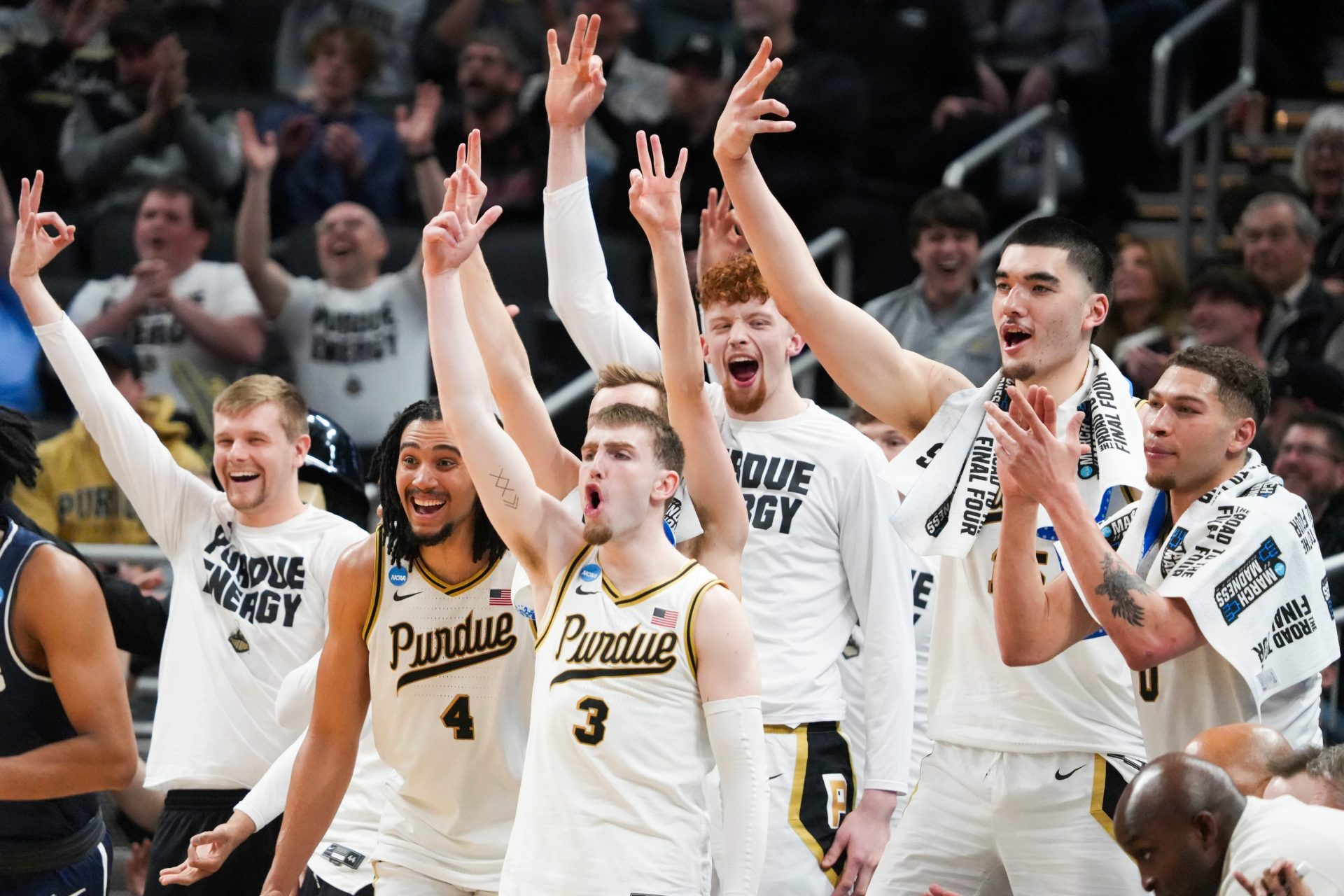Changes are rumbling under the hardwood courts of college basketball. And it is not just the sound of sneakers squeaking. If approved, the House vs. NCAA settlement could completely rewrite the rulebook.
College Basketball Roster Then vs. Now
The legal battle that got to the courts because of athlete compensation and antitrust concerns will look at how college sports work, from scholarships to the very makeup of each team.
If this settlement goes through, NCAA Division I schools will no longer have scholarship caps. Every athlete on a team could potentially receive a scholarship.
Instead of some sports offering only full scholarships (like basketball and football), all sports would be treated as “equivalency sports,” meaning partial scholarships can be shared around. But if this goes through, one other big change is coming.
There will be a change in the roster limit. While the NCAA’s getting ready to deal with scholarship caps, it will also need to get used to introducing strict roster size limits.
And for men’s basketball, that number is going up.
Possible Change in Numbers
- Men’s Basketball: From 13 to 15 players
- Women’s Basketball: Holding steady at 15
While the women’s side doesn’t see a numerical shift, the scholarship rule change means those 15 roster spots now offer far more flexibility in how aid is given out.
But this is not without objections and noise. In the hearing on April 15, things got real.
Objectors argued that thousands of walk-on athletes could be left in the dust if the roster limits come in. High school recruits will also face the same issue: their offers being pulled off the table.
Judge Claudia Wilken floated the idea of “grandfathering” current athletes to let them keep their roster spots.
As Wilken puts it, “It’s not that many people. It’s not that much money.”
While it sounds simple, NCAA reps are pushing back. They claim that a grandfather clause would cause chaos. Schools have already started adjusting to the new rules, they argued. Now, unwinding would throw everything off balance.
But it is not all dark clouds with the settlement, there’s a silver lining too.
With this settlement, more athletes will get scholarships, even if there are fewer overall roster spots. That’s part of the NCAA’s defense. They claim that this is a move towards a less restrictive, more open market.
But there is the walk-on issue. What happens to them? With coaches re-evaluating every decision, walk-ons will become rare.
So, under the rules that are currently in practice, schools have a scholarship limit for each sport. But roster limits are not a thing. There is ample space for walk-ons and partial scholarship recipients. Now, all of them can be eligible for financial aid.
But if the new rules come in, there will be a roster limit and everyone will be eligible for the scholarship.
KEEP READING: When Do College Basketball Teams Announce Their Schedules for the Upcoming Season?
As for future classes, the settlement allows them to object in court once they’re officially notified, giving them a chance to speak up before their rights are signed away. According to the plaintiffs, this creates “the most robust and protective process” for future athletes ever seen in such a case.
The NCAA might be dropping scholarship caps, but it’s also capping roster sizes. That means more players can get scholarships, but only if they make the cut.
College Sports Network has you covered with the latest news, analysis, insights, and trending stories in football, men’s basketball, women’s basketball, and baseball!


